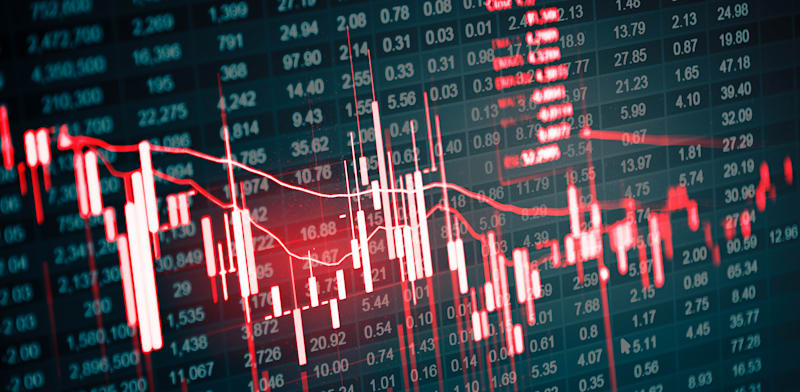Wall Street investors are reminiscent of a child sitting in the back seat of the vehicle and asking every moment: ‘We’ve already arrived?’ So, after one of the high stocks of history, which pushed the S&P 500 on Monday to a bear market (a decrease of more than 20% of the peak he recorded in February) for a few hours – is that time to buy?
This may sound a stupid question; US President Trump’s covers will be in the economy and threaten a global recession. It is possible that due to the failed road in which they were published – with uninhabited islands and without a real balance in the defective calculation formula – trust was compromised in the formulation of the US policy.
When fear controls the dome, no one wants to hold shares. Except for investors who go against the herd, of course.
But is the fear really dominating the market now? And no less important, what can lead to recovery anyway?
Three weeks ago, I was at a time when in my estimation of the market would come close to the bottom, and while some of the indicators were called to “buy”, I stayed careful. Since things have just become worse.
Last week, a survey was presented (not scientific) of the American union of private investors who examined how panic holding investors. The survey found that more investors said they were (pessimistic about the market) than throughout the period since the shares arrived in 2008.
In institutional investors, too, the sense of security crashed and they wanted to the coast of the insurers offering government bonds and purchasing PUT options – even though the relationship between these and bull -and -bull options is only bad at the moment.
What could drive ups
Hedge funds cut their debt insanely, which contributes to my feeling of leverage reduction.
But the decline in shares was just arranged and compatible with the fall in economic foundations. Investors are more likely to have a much higher chance of recession, assuming the tariffs will crush global trade and re -organization of the industry, which will lead to reduced fertility and lower profits.
The most obvious motives for recovery are things that change this view.
The first is Trump will retreat. It has plenty of excuses to reduce the impact of the lids, which it can present as logical or even as an achievement. The tremendous amount of negotiations with more than 50 countries who want to discuss the lids – justifies rejection in their implementation, light concessions can be used as a cover for complete cancellation of tariffs on some countries.
The other is that other countries will retreat. If countries choose not to respond, the global trade war will be less severe. If they then offer better trade conditions to the United States, and Trump will respond to the cancellation of the quotas on his part, it will reduce trade barriers and delight the markets. China has already responded with intensity, and others talk about a response, but soothing the situation is possible.
The third is that the central bank, Federal Reserb (Fed), will intervene. Recently in the market piots have ended thanks to the purchases of dangerous assets, such as mortgages and corporate bonds, which confirmed the market and the economy. The Fed will probably also take interest in the interest rate if the economy slows down, although the inflation that provokes the cover requires caution.
But will he really want to do more to save the markets from the influence of deliberate government policy? I suppose no, as it will threaten the precious image of the bank’s independence.
Not every leap is a correction
The markets received a test on Monday, a test for the possible triggers for immigration, when a wrong reporting as if there was a 90 -day offer in the customs became viral. The shares jumped almost 6%, but dropped back when the White House declared that it was “Pike News.” Trump then dropped a 50% extra customs on China, and the shares were hardly moved.
Investors look willing to enter the market following any hint that the tariffs may not be as severe as described, and sellers do not appear even when the cover policy is exacerbated. This implies that the market is ready for upward repair.
After two days in the past – similar or larger, shares have usually continued to earn during next month. But not every upward correction holds: Beauty markets are full of sharp leaps that are investing in investors – but barely visible on long -term graphs. The temporary leap in November 2008 raised the S&P 500 then by 27% to January, before losing nearly a third of its value and reached the bottom in March 2009.
Without a clear trigger, the shares will eventually find a bottom. It almost never happens before the recession begins.
Other factors may wake up and lead to another sales wave, with the company reports that will be published this week may include warnings about the damage. Still, a small amount of bad news is already priced in the market. Brave investors can begin to gradually return to the market – as long as they understand that shares may add significantly to decrease, if the lids remain valid and lead to recession.
Please note: The Globes system strives for a diverse, matter -of -fact and respectful discourse according to the ethical code that appears in the trust report by which we act. Expression of violence, racism, incitement or any other inappropriate discourse is filtered in a way Automatically And they will not be published on the site.
